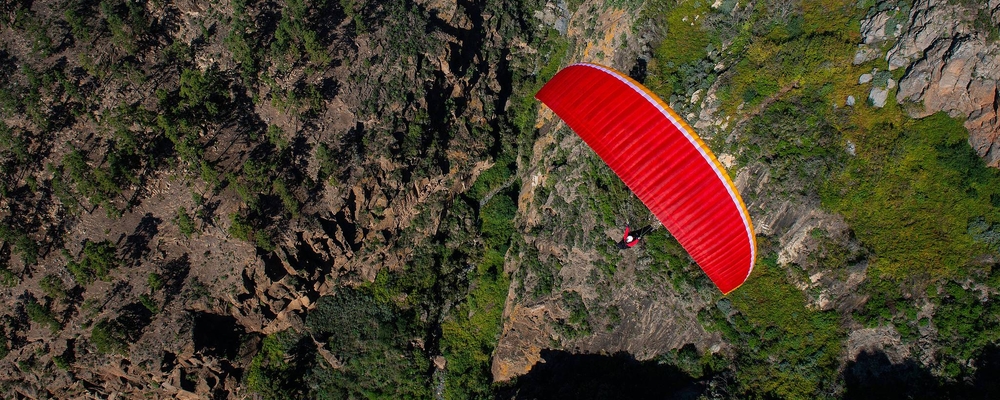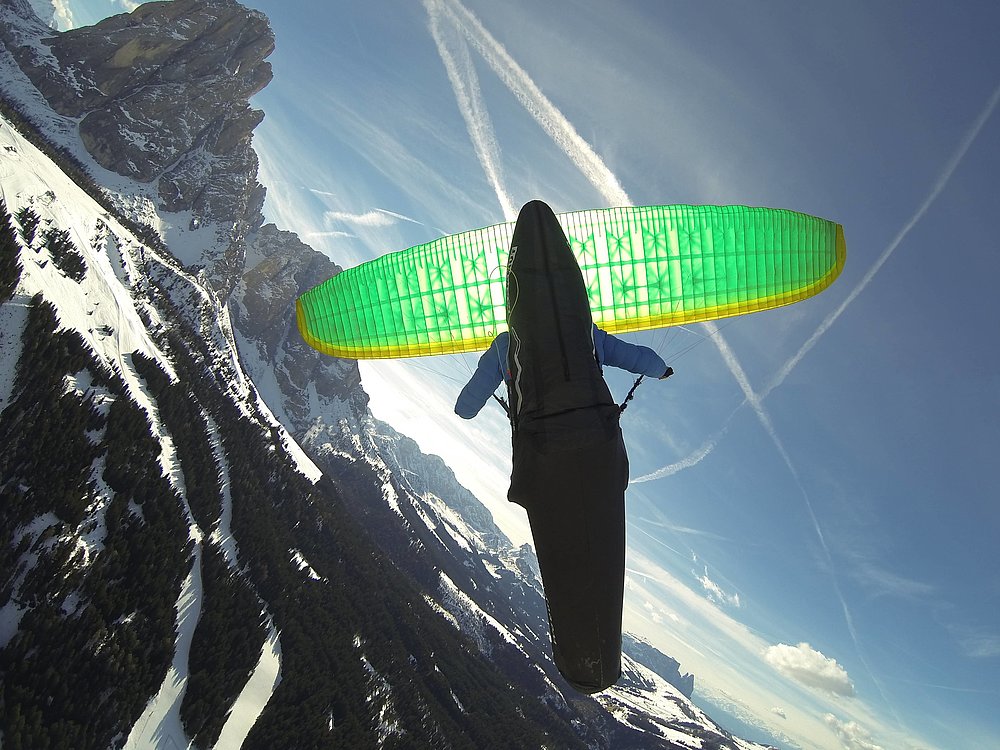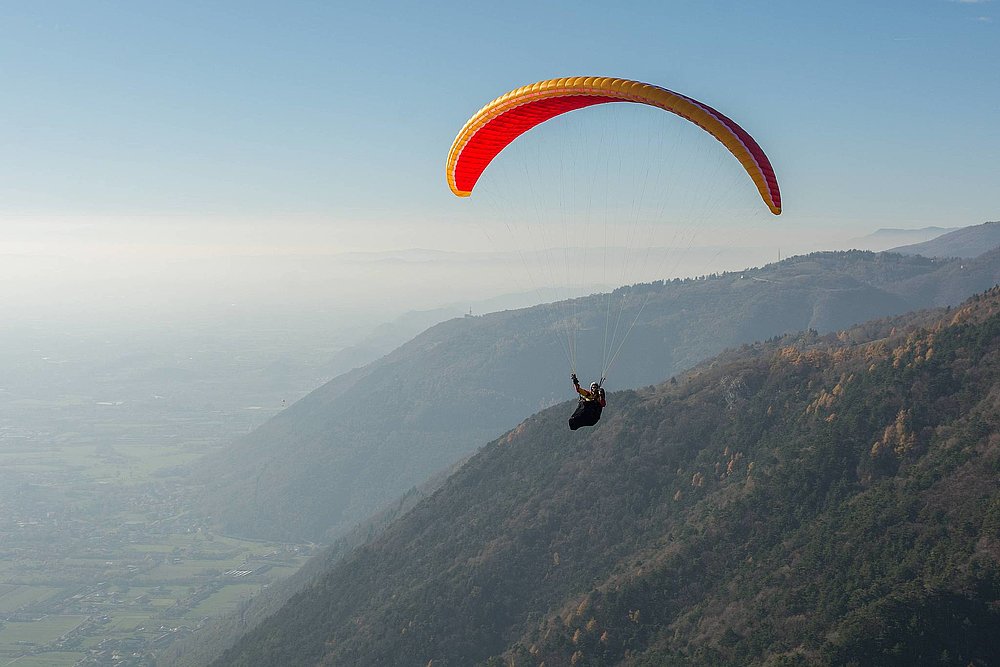
MENTOR 6 - It’s all a question of the angle of attack

“It finds thermals nearly on its own. When turning, you hardly ever have to readjust.” Obviously we love this kind of feedback about the MENTOR 6. Here, too, it was quietly at work again: the angle of attack - an elementary factor in the design of every paraglider. But what exactly is the effect of the angle? The low angle of attack of the MENTOR 6 wingtip makes the outer wing faster when turning in thermals. This means that you can center faster or more precisely and thus increase your efficiency when cross-country flying. On the other hand, a higher angle of attack of the glider would cause the outer wing to behave as if it were slightly braked when cranked into the thermal and would be less willing to turn.
Tip #1: Releasing is better than braking
Time and again, pilots passionately discuss whether it is more efficient to release the outer brake when turning tight in thermals than to continue to apply the brake on the inside. This also depends on the design of every paraglider and therefore also applies with the angle of attack. The same is true for the MENTOR 6: Especially when the angle of attack is low, the glider reacts faster to an outside brake release, than when the inside brake is applied. Maybe this is something that is worth trying out for yourself on the next flight.

Tip #2: Rustling wing tips are not necessarily a cause for concern
Especially with the MENTOR 6, the low angle of attack also ensures that the ears rustle a little from time to time - especially when the external brake has been released. This is no big deal and can even be useful, because bumpy air or the edge of a thermal can be recognized quickly. If you are already familiar with your glider, you may no longer need these "indicators", but you don't have to worry about the rustling. This does not affect the MENTOR 6’s performance nor does it have a tendency to collapse without a reason.

Tip #3: Pitch control also works through the speed-system
As communicative as the MENTOR 6 is when thermalling - accelerated it tends to be quiet. The use of the speed-bar reduces the angle of attack in the middle of the glider more than on the outside, the speed increases and the system becomes even more stable. The principle to reduce the angle of attack in the middle of the glider by acceleration, can theoretically also be used if you fly into a thermal and the glider would otherwise want to pitch up. If the glider pitches forward, you release the accelerator to catch the pitching movement. As always when accelerating in turbulent air, it is advisable to stay alert, as the glider reacts more dynamically to possible collapses. Accelerated or not, the following applies: the MENTOR 6 is the ideal partner to actively work on your XC skills and rewards this commitment with flights that are as relaxed as they are successful.